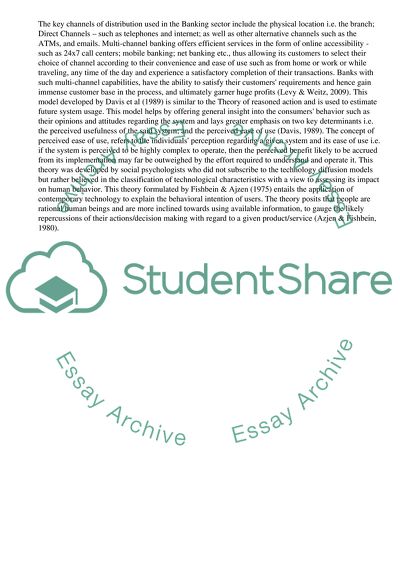Cite this document
(The Role of Multi-Channel Retailing within the Service Industry Dissertation - 30, n.d.)
The Role of Multi-Channel Retailing within the Service Industry Dissertation - 30. Retrieved from https://studentshare.org/business/1750936-marketing
The Role of Multi-Channel Retailing within the Service Industry Dissertation - 30. Retrieved from https://studentshare.org/business/1750936-marketing
(The Role of Multi-Channel Retailing Within the Service Industry Dissertation - 30)
The Role of Multi-Channel Retailing Within the Service Industry Dissertation - 30. https://studentshare.org/business/1750936-marketing.
The Role of Multi-Channel Retailing Within the Service Industry Dissertation - 30. https://studentshare.org/business/1750936-marketing.
“The Role of Multi-Channel Retailing Within the Service Industry Dissertation - 30”, n.d. https://studentshare.org/business/1750936-marketing.


